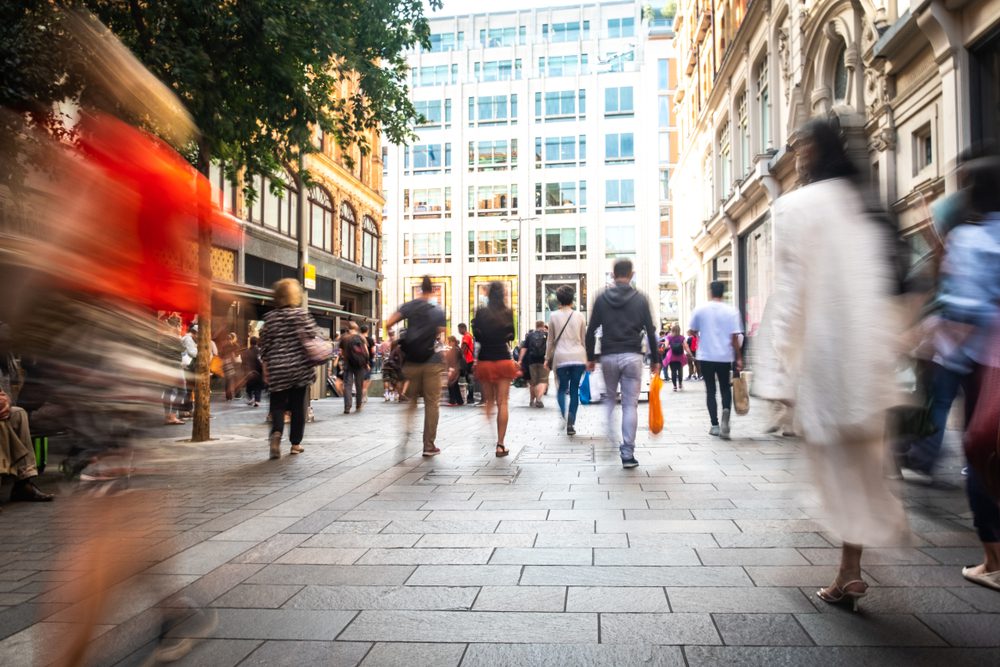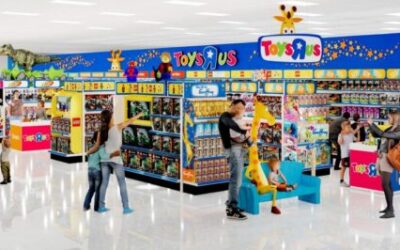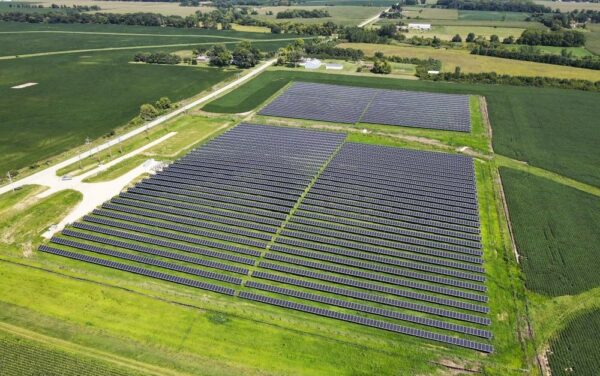NRF Projects a 4% to 6% Sales Increase in 2023 as Consumers Recalibrate Shopping Patterns


The National Retail Federation (NRF) expects retail sales to grow from 4% to 6% in 2023, reaching between $5.13 trillion and $5.23 trillion for the year, according to data released at the State of Retail & the Consumer virtual event. This puts annual growth projections significantly above the pre-pandemic average of 3.6%, but below the 7% growth rate of 2022.
“In just the last three years, the retail industry has experienced growth that would normally take almost a decade by pre-pandemic standards,” said Matthew Shay, President and CEO of NRF during the event. “While we expect growth to moderate in the year ahead, it will remain positive as retail sales stabilize to more historical levels. Retailers are prepared to serve consumers in the current economic environment by offering a range of products at affordable prices with great shopping experiences.”
The NRF expects non-store and online sales to grow 10% to 12%, to between $1.41 trillion and $1.43 trillion. Omnichannel options like BOPIS will play a key role, because while digital sales growth is outpacing brick-and-mortar, the physical sales channel still accounts for 70% of all retail sales — a testament to how shoppers are combining their journeys across both channels rather than shifting back to pre-pandemic habits. As a result, expectations for omnichannel experiences will continue evolving at a rapid pace.
“I think people like in-store experiences because they’re social beings,” said Jonathan Silver, CEO of Affinity Solutions during the event. “I think the ability to go back and forth is greater than it ever was. So I don’t think we should let the fact that spending behaviors have gone back to pre-pandemic levels suggest that we’re not poised to see some radically different shopping experiences emerge over the next year-and-a-half to two years.”
Retailers will have to put effort into understanding exactly how shoppers’ habits have changed. This will be particularly important for reaching shoppers who are keeping a close eye on their spending habits as they complete their return to old travel and entertainment habits. The proliferation and mingling of channels will create many new opportunities, and the challenge will be figuring out how best to tap into them.
“If you look at other industries like travel, that is becoming a higher priority of where people may want to spend their money, and so if they want to make tradeoffs, this is how it shows up in consumer behavior,” said Pashmeena Hilal, Head of Industry Research and Thought Leadership at Google during the event. “Now that isn’t to say that people aren’t going to be buying anything [via] ecommerce or in-store. They will. You just have to think a little bit differently about what value means to your shopper. How are behaviors changing? Where are they spending their time — online, in-store or on the app? I think the pressure of a lot of different factors that are hitting all at once and the nature of that ultimately will frame what this means for the retail space.”
Top retailers are perfecting their approach toward omnichannel and studying shopping habits while also protecting their own bottom lines. The dust from the upheaval of the pandemic has nearly finished settling, but there is still plenty of work to be done for retailers looking to position themselves to lead the way into the future.
“We really see customers going to both channels now in a more balanced way,” said Horacio Barbeito, President and CEO of Old Navy during the event. “That is why we’re focusing on making sure that we align that experience with our stores. We’re keeping a close eye on it, but we are still prudent in our approach to what the year is going to look like, as we recently said in our fourth quarter release. But at the same time there is an opportunity because customers are looking for value, and value proposition is around the price but there’s also the versatility, the durability and the quality of our garments in general.”











